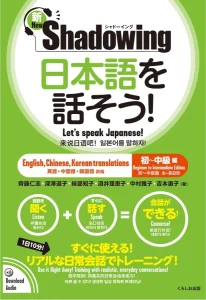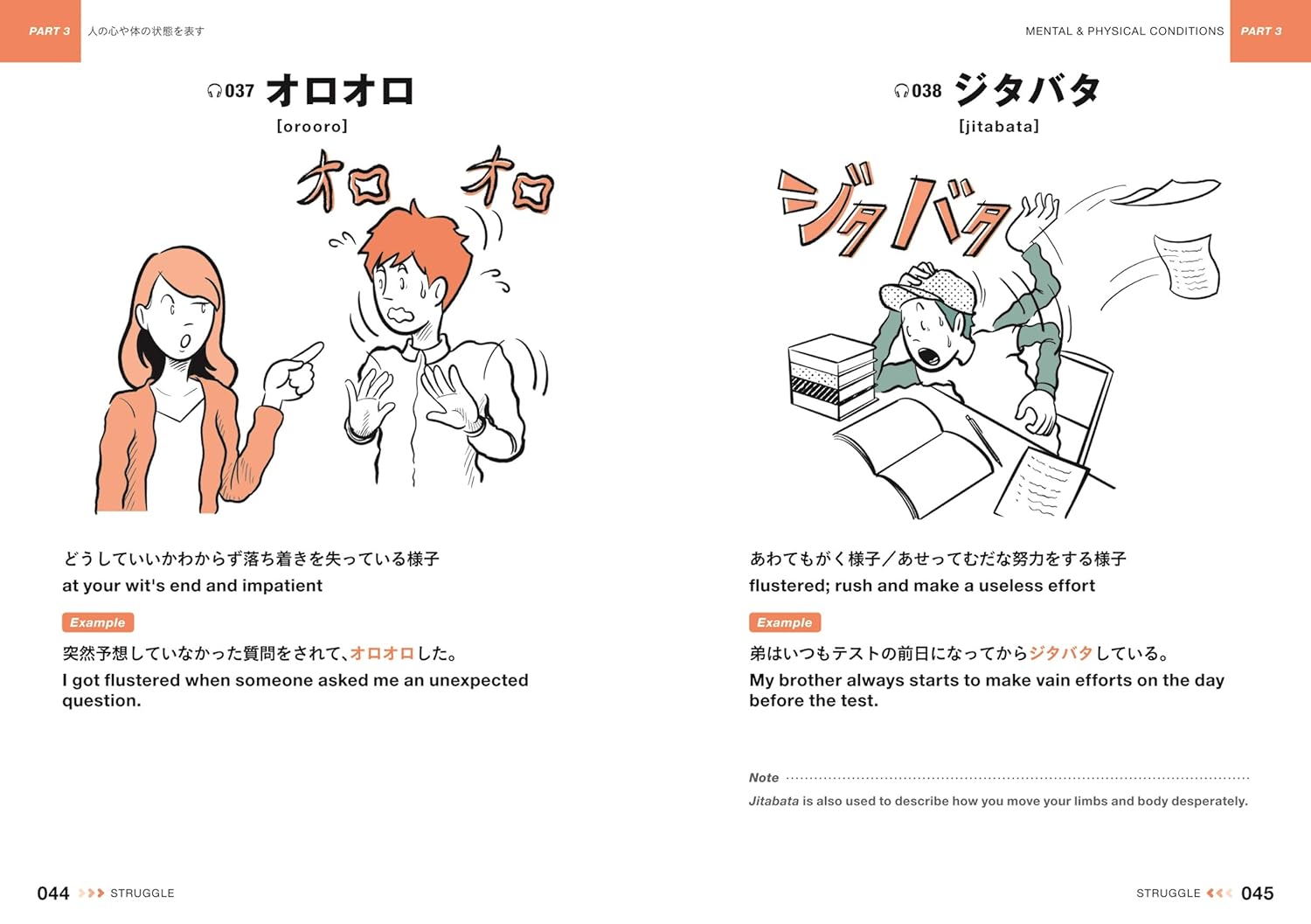What does Onomatope – Fantastic World of Japanese Symbolic Words cover?
Student Review

Teacher Review

Before using Onomatope – Fantastic World of Japanese Symbolic Words:
What to read next?

Bump Up Your Basics! Japanese Collocations
Learn practical Japanese collocations through 15 themed categories with examples, audio, and review practice.

Go Easy! Expand Your Japanese Vocabulary Through Conversation
Go Easy! Expand Your Japanese Vocabulary textbook review! Enhance your casual speech by learning Japanese idioms!

Shadowing: Let’s Speak Japanese! Beginner to Intermediate
Review of “New Shadowing: Let’s Speak Japanese!” N5–N2, audio shadowing drills and casual–polite dialogues to boost natural speech.


